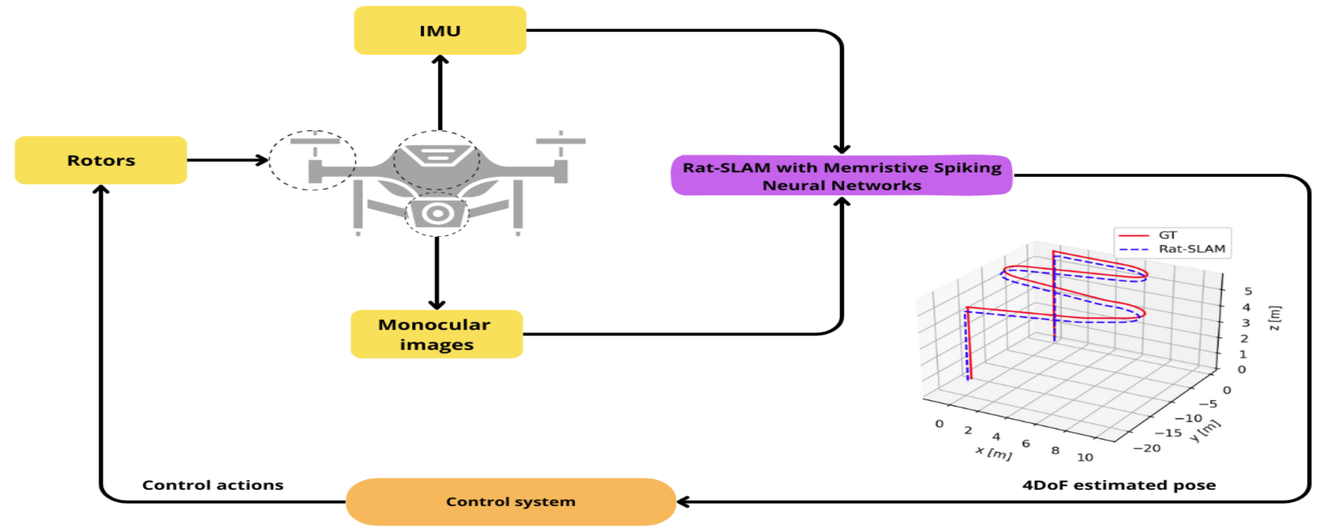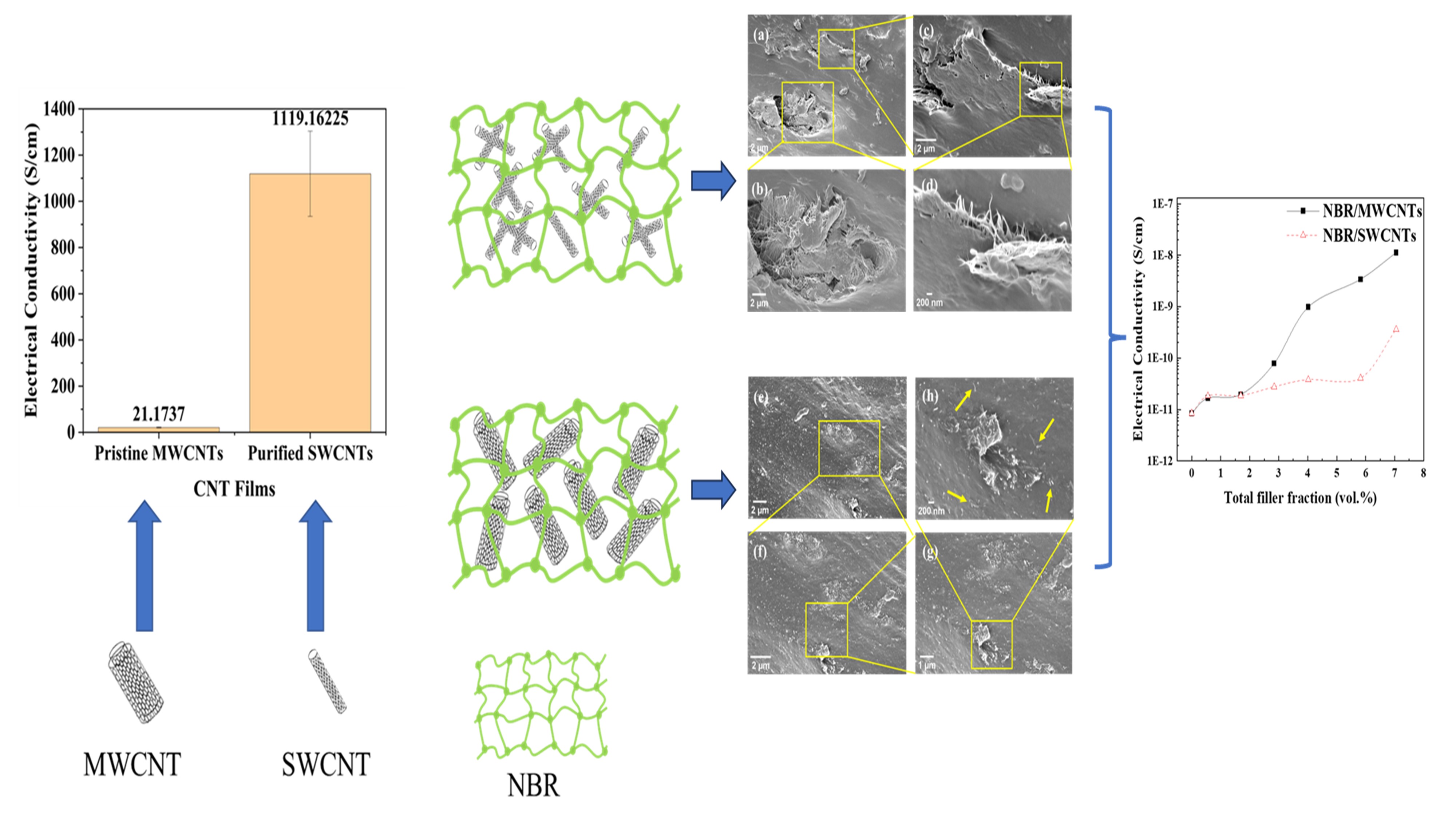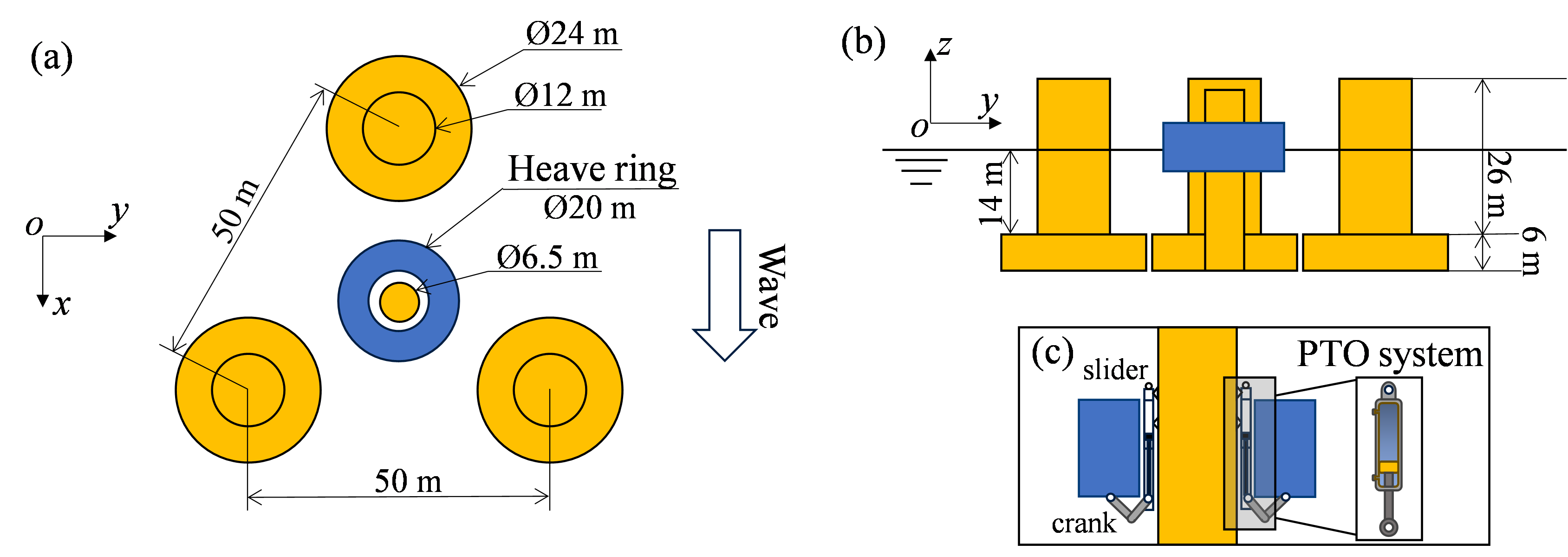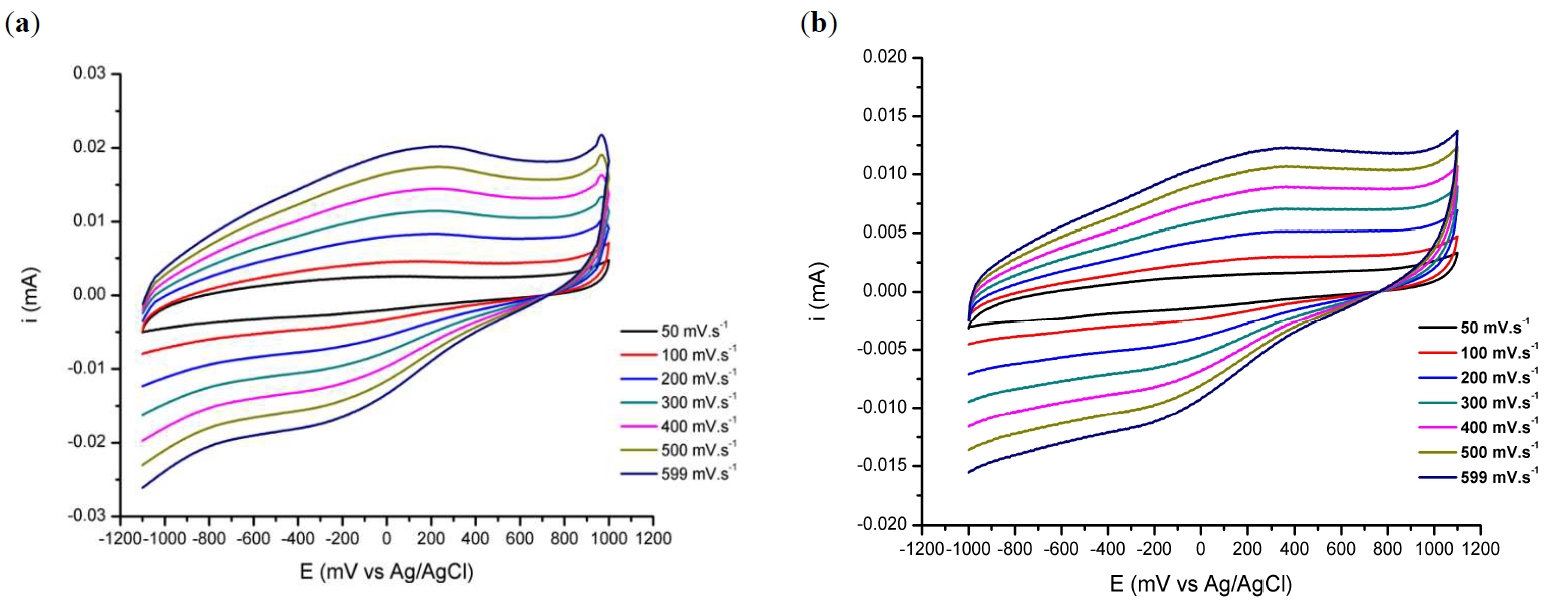Found 296 results
Article
19 February 2025The Effect of Polyethylene Glycol on Cobalt Oxide Nanoparticles Prepared Using Sonochemical Synthesis
In this work, Cobalt oxide nanoparticles (Co3O4·NPs) were synthesized via a simple sonochemical reaction by using polyethylene glycol (PEG) as a surfactant. Structural, morphological and spectroscopic analysis of obtained powder (Co3O4·NPs) was investigated by X-ray diffraction, FTIR spectroscopy and scanning electron microscope (SEM). The nanocrystalline nature of the sample was confirmed by XRD, which exhibits the cubic face-centered normal spinel structure of (Co3O4·NPs) and the space group of Fd-3m with the average crystallite size around 15 nm. FTIR spectrum shows two strong absorption bands of (Co+2–O) and (Co+3–O) which confirm the spinel structure of Co3O4·NPs. Moreover, SEM micrographs showed that the agglomeration of the nanoparticles was reduced by the addition of (PEG) surfactant and UV-Vis was used to study the synthesized material’s optical properties. The Co3O4 band gap ranged around 2.2 and 3.5 eV.

Article
18 February 20254DoF Rat-SLAM with Memristive Spiking Neural Networks for UAVs Navigation System
Unmanned Aerial Vehicles (UAVs) are versatile platforms with potential applications in precision agriculture, disaster management, and more. A core need across these applications is a navigation system that accurately estimates location based on environmental perception. Commercial UAVs use multiple onboard sensors whose fused data improves localization accuracy. The bioinspired Rat-Simultaneous Localization and Mapping (Rat-SLAM) system, is a promising alternative to be explored to tackle the localization and mapping problem of UAVs. Its cognitive capabilities, semi-metric map construction, and loop closure make it attractive for localization in complex environments. This work presents an improved Rat-SLAM algorithm for UAVs, focusing on three innovations. First, Spiking Neural Networks (SNNs) are incorporated into Rat-SLAM’s core modules to emulate biological processing with greater efficiency. Second, Neuromorphic Computing models the neurons of the SNNs, assessing the feasibility of implementing SNNs on specialized hardware to reduce software processing, a key advantage for UAVs with limited onboard resources. Third, SNNs are developed based on the Memristive Leaky Integrate-and-Fire model, integrating memristors into artificial neurons to leverage their low power and memory properties. Our approach was evaluated through trajectory simulations using the Hector Quadrotor UAV in the Gazebo environment within the Robot Operating System, yielding valuable insights and guiding future research directions.

Review
18 February 2025The Intersection between Immune System and Idiopathic Pulmonary Fibrosis—A Concise Review
Idiopathic pulmonary fibrosis (IPF) is marked by progressive alveolar destruction, impaired tissue regeneration, and relentless fibrogenesis, culminating in respiratory failure and death. A diverse array of resident and non-resident cells within the lung contribute to disease pathogenesis. Notably, immune cells, both resident and recruited, respond to cues from sites of lung injury by undergoing phenotypic transitions and producing a wide range of mediators that influence, initiate, or dictate the function, or dysfunction, of key effector cells in IPF pathology, such as alveolar epithelial cells, lung fibroblasts, and capillary endothelial cells. The role of the immune system in IPF has undergone an interesting evolution, oscillating from initial enthusiasm to skepticism, and now to a renewed focus. This shift reflects both the past failures of immune-targeting therapies for IPF and the unprecedented insights into immune cell heterogeneity provided by emerging technologies. In this article, we review the historical evolution of perspectives on the immune system’s role in IPF pathogenesis and examine the lessons learned from previous therapeutic failures targeting immune responses. We discuss the major immune cell types implicated in IPF progression, highlighting their phenotypic transitions and mechanisms of action. Finally, we identify key knowledge gaps and propose future directions for research on the immune system in IPF.

Perspective
18 February 2025The Reconfiguration of Social Bonds in the Digital Age: Virtual Connections vs. Face-to-Face Relationships
The article examines how smartphones and social media are transforming human interactions, challenging traditional concepts of friendship, intimacy, and belonging. Phenomena such as “phubbing” and constant connectivity are explored, highlighting the negative impacts of hyperconnectivity on the quality of face-to-face interactions and emotional well-being. While these technologies expand the reach of connections, they often lead to more superficial relationships, altering family, educational, and professional dynamics. Anthropological analysis is emphasized as essential for understanding these changes, revealing how digital practices vary across different cultural and social contexts. Ethnographic studies and innovative methodologies are suggested to investigate how digital technologies reshape identities, communities, and social hierarchies. The importance of an interdisciplinary approach, combining anthropology, psychology, and data science, is underscored to address the emerging challenges of the digital era and foster more authentic and healthy human relationships.

Article
18 February 2025Unemployment, Inequality, and Occupational Stress: Mental Health Outcomes in Brazil (2012–2022)
This study examines the relationship between occupational stress-related leaves, classified under International Classification of Diseases code F43, and socioeconomic factors such as unemployment, income inequality, and worker income in Brazil from 2012 to 2022. Work-related stress disorders, especially those involving severe stress reactions and adjustment disorders, are big problems for occupational health. Bad working conditions and differences in income can make these problems worse. This research utilized secondary data from official Brazilian databases to perform time-series analyses and structural equation modeling. Results revealed a decline in stress-related leaves during the COVID-19 pandemic, likely influenced by remote work adoption and reduced exposure to workplace hazards. Structural modeling identified key relationships: unemployment rates and occupational risk exposure were positively associated with stress-related leaves, while higher income levels were protective. Unexpectedly, income inequality influenced aggression-related leaves but had no significant direct impact on stress-related leaves. These findings underscore the multifaceted impact of socioeconomic and workplace factors on occupational health, highlighting the need for policies addressing mental health at work and fostering equitable labor conditions. The study also identifies limitations, including potential underreporting and the exclusion of demographic nuances. Future research should adopt a multidisciplinary approach and consider disaggregated data to enhance understanding and intervention strategies.

Article
17 February 2025Comparative Study of Elastomer Nanocomposites Respectively Containing SWCNTs and MWCNTs
Carbon nanotubes (CNTs) are essential for providing polymers with mechanical reinforcement and multifunctional properties. This study investigated two groups of nitrile butadiene rubber (NBR) nanocomposites containing single-walled carbon nanotubes (SWCNTs) and multi-walled carbon nanotubes (MWCNTs), respectively. SWCNTs were purified to remove appro-ximately 20 wt.% of impurities, and both CNTs were modified with polyethylene glycol tert-octylphenyl ether (Triton X-100) before emulsion compounding and 2-roll milling with NBR. MWCNTs were found to disperse in the elastomer matrix relatively uniformly, while SWCNTs formed aggregates. Consequently, NBR/MWCNT nanocomposites exhibited superior mechanical properties, e.g. a tensile strength of 10.8 MPa at 4.02 vol.% MWCNTs, compared to 5.6 MPa for NBR/SWCNT nanocomposites. Additionally, NBR/MWCNT nanocomposites exhibited more remarkable electrical conductivity and swelling resistance to toluene. The diameter of elastomer macromolecules (0.2–0.5 nm) is close to that of SWCNTs (1–2 nm), and their single graphene wall with a hollow structure makes SWCNTs almost as flexible as elastomer macromolecules. This similarity suggests that SWCNTs should be treated as a special type of polymer. SWCNTs cannot disperse as uniformly as MWCNTs in the elastomer matrix, likely due to their smaller size and lower sensitivity to mechanical shearing during the emulsion compounding and 2-roll milling process.

Article
12 February 2025Motion Control of Floating Wind-Wave Energy Platforms
Mitigating wave-induced motions in floating multi-body systems is a critical challenge in ocean engineering. For single floating structures, such as floating platforms or vessels, applying active control requires considerable energy. It is also a common solution to add auxiliary structures and a power take-off (PTO) device, thereby forming a multi-body system that utilises passive control. However, the effectiveness of this method is limited due to varying phase differences between control forces and motions, which change across different wave frequencies. The present work proposes a novel semi-active structural control method, which can effectively provide optimised control force to the main body within a multi-body system. The key point of this method is tuning the phases between the forces and motions of floating bodies. Proper tuning can neutralise the main floating body’s wave-induced motion by utilising the wave-induced motion of the auxiliary structure. The controller is developed under an optimal declutching control framework, adjusting the damping coefficients of the PTO system to provide discrete resistance to the target body. A floating semi-submersible (SS) platform equipped with a heave ring as an auxiliary structure is selected and analysed as the case study. The results demonstrate the method’s efficacy in reducing motion for floating wind turbine (FWT) platforms and its applicability to various types of multiple floating bodies. Interestingly, our optimal declutching control can “kill two birds with one stone”. It can simultaneously enhance motion reduction and increase power capture. In the current study, the proposed controller achieved a maximum motion reduction of 30% for the platform.

Opinion
10 February 2025Depletion and Recovery of Soil Organic Matter: Ecological, Economic and Social Implications
Over the past decades, urbanization, industrialization and unsustainable management have impaired soil fertility and ecosystem functioning, thereby affecting ecological stability and economic development. The mechanistic coupling between pressures and effects lies in the loss of soil organic matter (SOM), which directly and indirectly controls the vast majority of soil properties and the functioning of the soil ecosystem. From the functions SOM exerts in the soil ecosystem, to the consequences of its depletion and the possibilities it offers for ecological restoration, this concise opinion offers a perspective on the multifaceted roles of SOM in sustaining ecosystem functioning and the services it generates. Indeed, SOM plays crucial roles in supporting soil long-term fertility and the provision of ecosystem services, such as food, water, genetic, medical and biochemical resources, religious, cultural and recreational values, as well as sequestration of carbon and regulation of climate. These roles foster the view of SOM as an ideal proxy for soil quality and health, and justify the interest in acting on SOM as a mean of enhancing the sustainability and effectiveness of ecological restoration projects. The improvement of SOM to favor the onset of proper ecological dynamics in heavily degraded ecosystems, such as urban, industrial and agricultural soils, can be also coupled to the recovery of useful organic matter from wastes, integrating ecosystem restoration within waste management and sustainable circular economy strategies. Since, ultimately, the sustainability of our civilization depends upon proper ecological dynamics, soil quality rises to a topic of public concern and this opinion aims at providing a reference point of view on the intertwined implications of its preservation on the ecological, economic and social spheres.

Article
08 February 2025Degradation of Metformin Hydrochloride and Glibenclamide by Several Advanced Oxidation Processes
The degradation of metformin hydrochloride (MET) and glibenclamide (GLI), widely used anti-diabetics, was performed using an electrochemical advanced oxidation process, namely electro-Fenton, and several other Advanced Oxidation Processes (AOPs) of photocatalytic nature, like UV/H2O2, UV/persulfate, and UV/TiO2. The electrochemical behavior of the drugs was first characterized by cyclic and differential pulse voltammetry. The data implied that both drugs present quasi-reversible oxidation. The effect of the applied current and the airflow in the electrogeneration of hydrogen peroxide was studied. Degradations of 60% of the initial drug were obtained for aqueous solutions of 30 mg·L−1 of MET and 15 mg·L−1 of GLI by using photoelectron-Fenton conditions with 1.0 A of current and a Fe2+ concentration of 3.5 mg·L−1, although the removal of MET required 60 min of reaction while for GLI only 45 min were needed. The mineralization (organic carbon removal) percentages after 60 min of treatment were 20%and 30% for electro-Fenton and photo electro-Fenton processes, respectively. For UV/H2O2, UV/persulfate, and UV/TiO2 treatments of MET solutions, the order of observed degradations was UV/PS > UV/H2O2 > UV/TiO2 with maximum values of drug removal of 30% after 60 min of irradiation. This efficiency is lower than the removal observed with the electro-Fenton reaction. For GLI the order of degradation efficiency was UV/PS > UV/TiO2 > UV/H2O2, with maximum values of drug removals of 99.5% after only 10 min of irradiation. This performance is clearly better that in the case of electro-Fenton or photo-electro-Fenton. The removals of the two drugs when dissolved in chemical matrices that mimic real hospital wastewaters and seawater were also studied. They showed a clear dependency on the pharmaceutical of choice. While the degradation of MET was hampered by the presence of other chemicals in the two water matrices, GLI removal was remarkable, pointing towards a possible application in real wastewaters.

